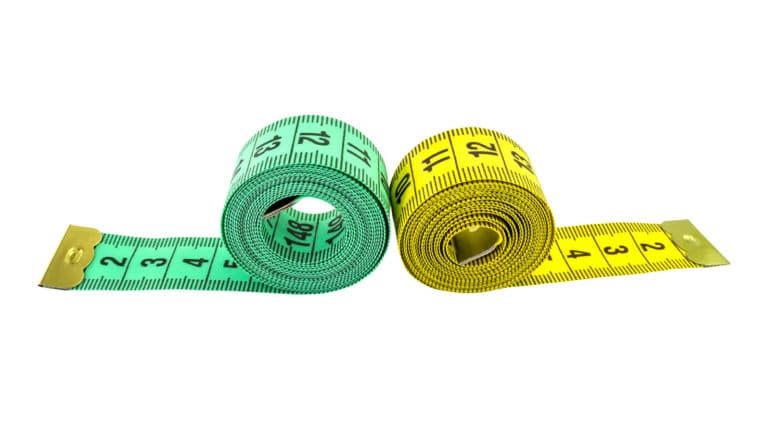
Collagen fiber length within the body may be a key overlooked parameter that some normal cells use to become invasive, research finds.
Collagen is the most abundant protein in mammals, making up skin, bone, tendons, and other soft tissues. Its fibrous nature helps cells to move throughout the body, but until now, it wasn’t clear how the length of fibers influences how cells move in groups.
Cells move around to form organs during development, to heal wounds, and when they metastasize from cancerous tumors. Typically, cell movement slows in a soft environment, similar to getting stuck in mud, and speeds up in a stiff environment, similar to a ball rolling across a waxed floor.
When preparing to experiment with cells moving in collagen, Amit Pathak, a mechanical engineer in the McKelvey School of Engineering at Washington University in St. Louis, and his team found that existing substrates didn’t have the ability to support fiber formation. The team made new hydrogels with more realistic fiber structure and that allowed them to change the length of the fibers more easily. As they got to work, the results were unexpected.
“The first surprising thing we saw was that some groups of cells made an escape from their colony in the form of narrow streams, holding on to each other,” Pathak says.
“We expected that the cells would migrate faster in this new stiff substrate, then move out of their colony more, as we see in the body. We saw some of that, but even in soft substrates where the movement was supposed to be slow, the movement was fast. They were streaming out of the colony more efficiently than on a stiff substrate.”
The team then looked further and found that the longer collagen fibers on soft material helped cells move out of the colony while also elongating the cells, which supported their collective migration.
“We have this collective motion while at the same time the collagen fiber length is elongating them enough to help this streaming,” Pathak says. “If we take away the fiber length, they don’t elongate or migrate. On the other hand, if you make the substrate stiffer, that breaks this delicate balance by making them so aggressive that the cooperativity goes away.”
Researchers have thought that a very stiff cancerous tumor would become invasive. However, Pathak’s team found that if the collagen fiber structure is just right, then even a soft tumor might become invasive.
“We found this nice balance in that the cells have to have some aggressiveness to move out, and at the same time, they must remain cooperative,” Pathak says. “Otherwise, without either aggressive motion or cooperation, the collective streaming would fall apart.”
The findings appear in in the Journal of Cell Science. Funding for the work came from the National Institutes of Health.
Pathak has applied for a patent on the technology with the university’s Office of Technology Management.
Source: Washington University in St. Louis
The post Collagen fiber length lets cells stream away quickly appeared first on Futurity.
from Futurity https://ift.tt/2VlP6Xw
No comments:
Post a Comment